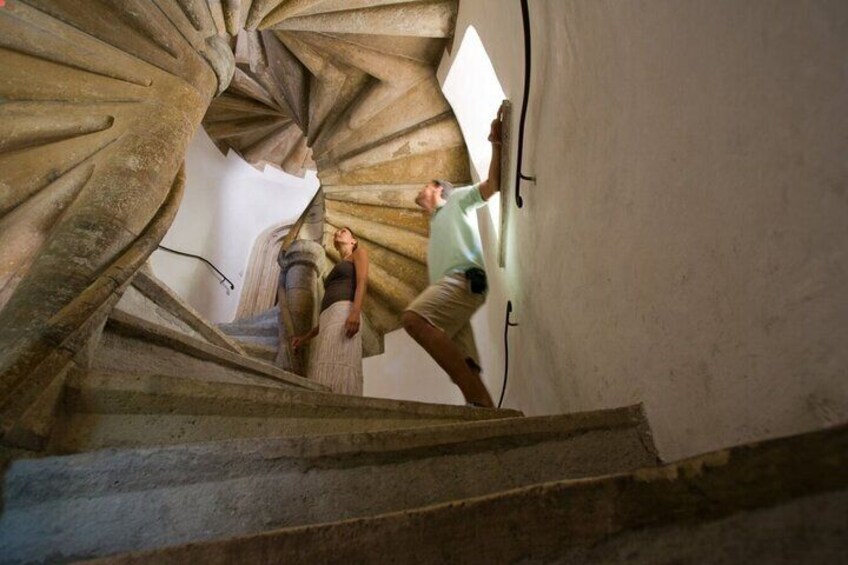




Private day tour to Graz, history and culture
By TaxiJet OG
Free cancellation available
Features
Overview
Activity location
Meeting/Redemption Point
Check availability
Day trip, up to 7 passengers
Mercedes Vito or similar
Pickup included
Price details
P 89,897.76 x 1 TravelerP 89,897.76
Total
Until Sun, Aug 3
Daytrip up to 4 Passengers
automobile
Duration: 12 hours: With this option, all transfers during the tour are carried out in an upper middle class car with a panoramic glass roof
Vienna - Graz - Vienna: Day tour of sightseeing in Graz, individual, with a stop for coffee and food
Mercedes Vito or similar
Pickup included
Price details
P 81,240.94 x 1 TravelerP 81,240.94
Total
Until Sun, Aug 3
What's included, what's not
Know before you book
- Infants and small children can ride in a pram or stroller
- Service animals allowed
- Specialized infant seats are available
- Travelers should have at least a moderate level of physical fitness
- Child seat up to 4 years and seat cover available upon reservation
- For people with reduced mobility, this day tour may be subject to some restrictions or modifications
Activity itinerary
Location
Activity location
Meeting/Redemption Point
Best Deals on Things to Do
Experience the wonders of the world up close with great deals on things to do near and far. Expedia offers one-of-a-kind activities that allow you to explore Graz your way. Whether you love nature, culture, food, or a bit of adventure, we have the perfect activity for you.
Top Experiences in Graz
With so many things to do in Graz, planning the perfect day out may seem like a daunting task. Expedia is here to take the hassle out of finding the best attractions, tours, and activities in Graz. Families, couples, and business travelers can all find the perfect activity in Graz to create life-long memories with the help of Expedia.